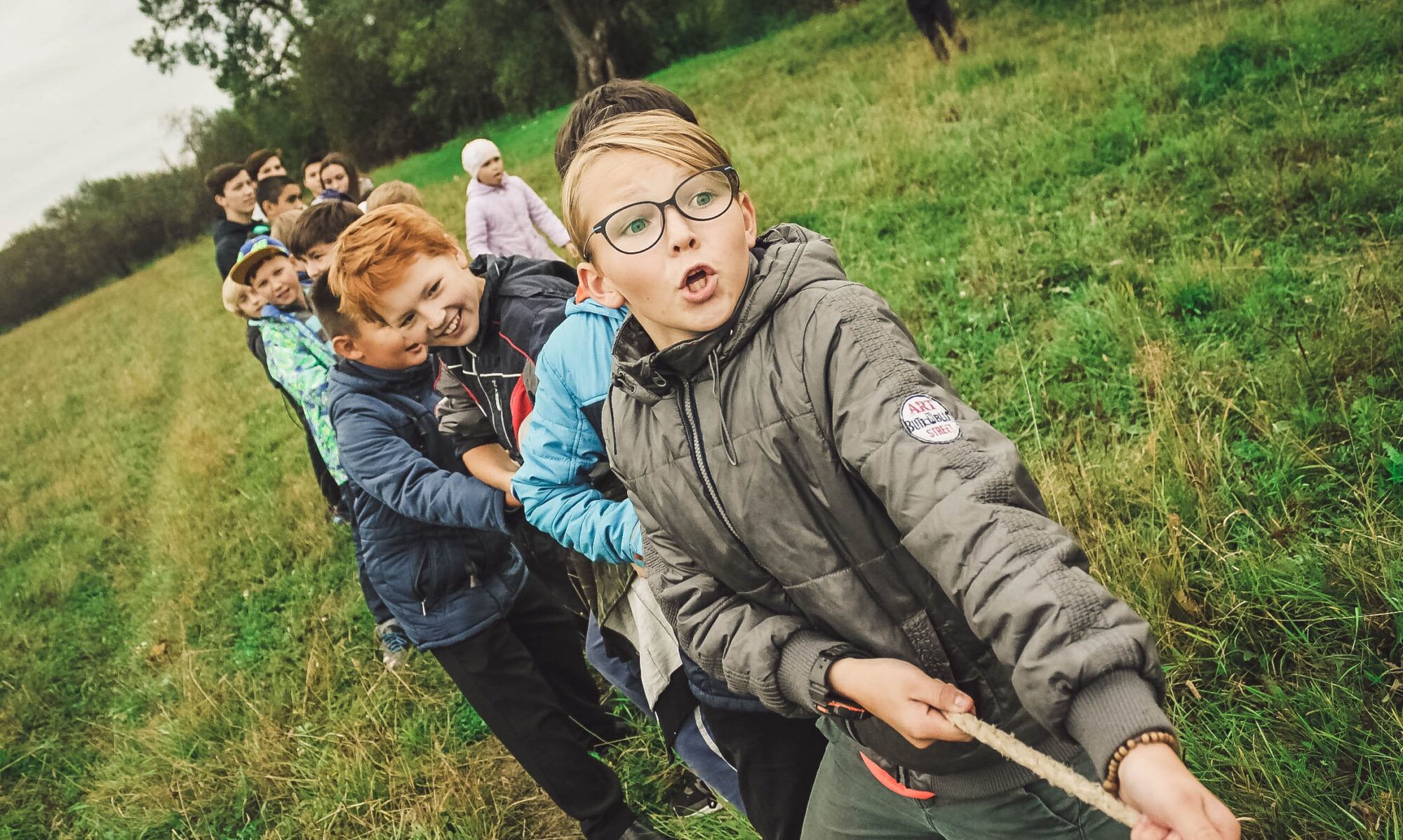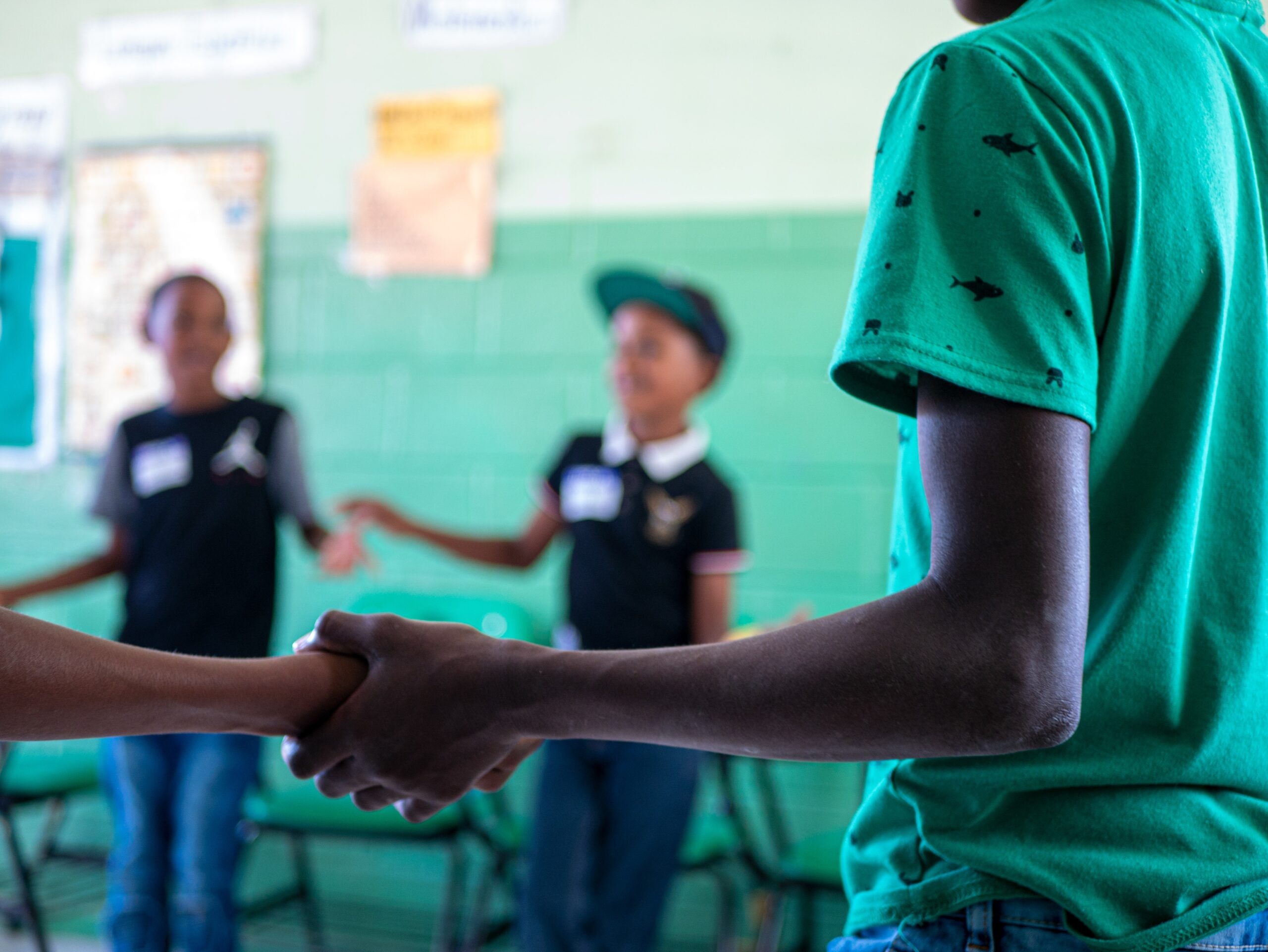It’s no secret we’re big fans of advisory around here.
And we don’t just mean the time on the schedule that’s called “advisory,” but the practice of circling up with students to build relationships and connections, share ourselves, and laugh, play, and maybe occasionally even cry together. Which is why we’re so excited to announce our new Advisory toolkit. Find it in its permanent location here.
Young adolescents are deep in the throes of exploring who they are, both individually and collectively, and we have the wonderful privilege of stewarding this process. It can be a tricky time for students to navigate increasingly complex social relationships, not to mention juggling multiple teachers (and homework assignments).
Advisory is one of the key ways we support our students.
Advisory, done well, is a core middle grades practice
Despite its name, the morning meeting can happen any time of day. And it can “fit” into whatever time is available, although 20-30 minutes a day is ideal. It’s a time to build relationships and community through greeting each other and being greeted, sharing about our lives, and having fun together. Nothing builds engagement like an enlivening round of Is This Seat Taken? or Silent Ball.
But it’s not all just fun and games in advisory
Advisory is often the structure schools use to create a “home base” for students, most of whom have many more teachers in their schedule than they’ve had in the past. The role of the advisor is to deeply know, advocate for, and celebrate their advisees. Advisors often serve as the key home-school contact, and co-facilitate student-led conferences. In this way, we can make sure that every student is connected with a caring adult at school.
And advisory isn’t just about a circle of chairs. It’s about building relationships and community all day long. That’s why our Identity toolkit, Community & Culture toolkit and our Adult Culture toolkit also have wisdom to offer on this topic.
How do you use the advisory structure to build community and relationship?
Advisory How-To:
These posts offer suggestions, insights, and research on how to build and facilitate advisory.
- How to build teacher advisory
- Creating community through advisory
- Start the year with building the culture
- Build Personal Connections in Teacher Advisory
- Advisory for educators
Advisory Activities:
Need ideas on what to do? The first post gives an overview of one structure for advisory, and the following posts offer activity suggestions.
- Power Up your Advisory program
- 7 mindfulness activities for advisory
- 4 end of the year activities for advisory
Virtual advisory?
The pandemic reinforced what we already know: social connections are essential. And some of you got really good at virtual advisory. Here are a few posts sharing those strategies.
- How to conduct a virtual morning meeting
- Authentic ways to check in on your advisees
- 14 socially distanced advisory activities
Why advisory?
Still not convinced? Or need to convince your colleague to invest in this highly effective best practice? Read this series from middle level expert Nancy Doda.



Your work is really good and I appreciate this information. I forever prefer to read quality and glad I found this thing in your post. Thank you for the comprehensive article.
Hi there, its my first time commenting anywhere, when i read this post I thought i could also create a comment due to this sensible article.